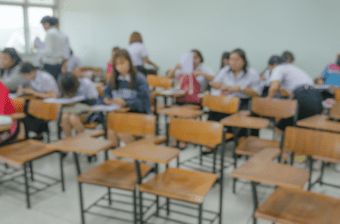The Problem
Economically disadvantaged students who fall behind grade level and miss developing crucial foundational skills can have major difficulties in subsequent grades and later in the workforce. The need for a more robust safety net for these students is a key systemic challenge for many urban school districts.
The Proposal
School districts would deliver daily, individualized, in-school tutorials to all students in the third through tenth grades who are at least two grades behind grade level in math. A single tutor would be paired with two students for a full-period tutorial session during each school day, and the content of the tutorial would be customized to the students’ level of knowledge and learning style—allowing students to work back up to grade level and begin benefitting again from regular classroom instruction. The tutorials would be financed with Title I funds made available through the December 2015 reauthorization of the Elementary and Secondary Education Act as the Every Student Succeeds Act.
Abstract
Improving the educational outcomes of economically disadvantaged children is a policy priority in the United States, and yet relatively little progress has been made in recent decades. Education reforms that aim to help economically disadvantaged students often focus on improving the quality with which grade-level material is taught, or the incentives that students have to learn it. Yet such efforts may not adequately account for important differences within a classroom of students—differences in knowledge, in learning styles, or the rate at which students learn. As a result, in spite of these efforts, students who fall behind grade-level material tend to stay behind. When these students miss developing crucial foundational skills, they can have major difficulties in subsequent learning tasks, which worsens the gap between them and their grade-level peers as they move from one grade to the next. This persistent mismatch between the learning needs of students and what classroom instruction delivers can seriously undermine students’ chances of success in the workforce and beyond. Roseanna Ander, Jonathan Guryan and Jens Ludwig propose scaling up a daily, individualized tutorial program that would allow students who have fallen behind grade level in math to reengage with regular classroom instruction, likely increasing their chances of graduating high school and achieving the many long-term economic benefits that go along with academic success.



